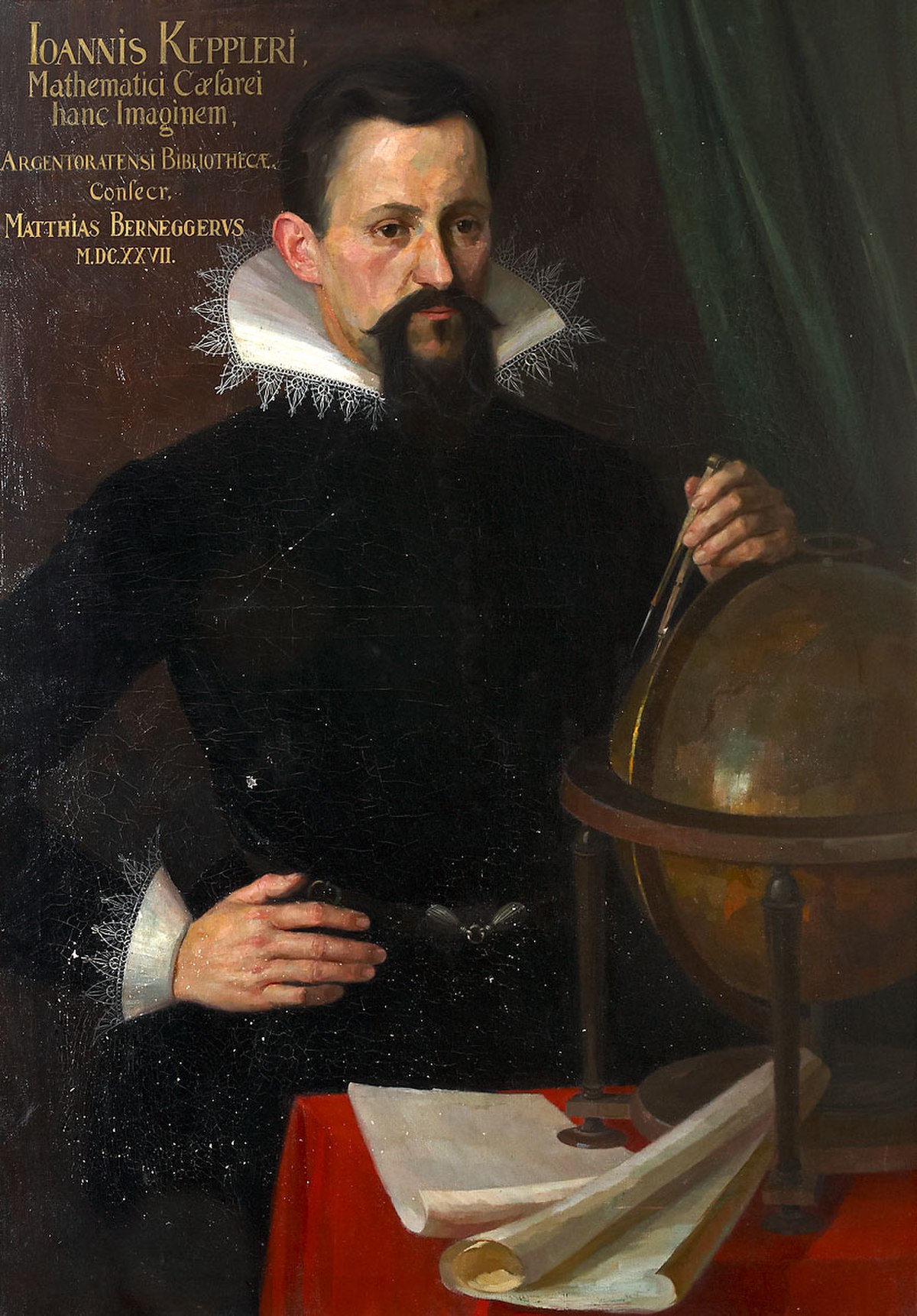
Logarithms
EuropeThe 17th century saw an unprecedented increase of mathematical and scientific ideas across Europe. Galileo observed the moons of Jupiter in orbit about that planet, using a telescope based Hans Lipperhey's. Tycho Brahe had gathered a large quantity of mathematical data describing the positions of the planets in the sky. By his position as Brahe's assistant, Johannes Kepler was first exposed to and seriously interacted with the topic of planetary motion. Kepler's calculations were made simpler by the contemporaneous invention of logarithms by John Napier and Jost Bürgi. Kepler succeeded in formulating mathematical laws of planetary motion. The analytic geometry developed by René Descartes (1596–1650) allowed those orbits to be plotted on a graph, in Cartesian coordinates.
Ask Herodotus
HistoryMaps Shop

Heroes of the American Revolution Painting
Explore the rich history of the American Revolution through this captivating painting of the Continental Army. Perfect for history enthusiasts and art collectors, this piece brings to life the bravery and struggles of early American soldiers.








